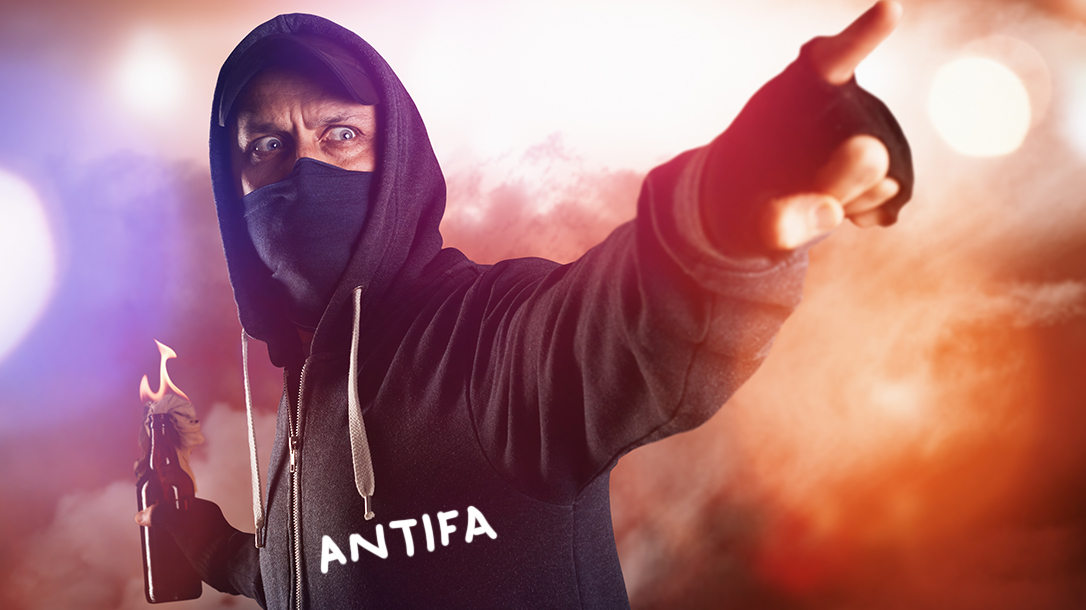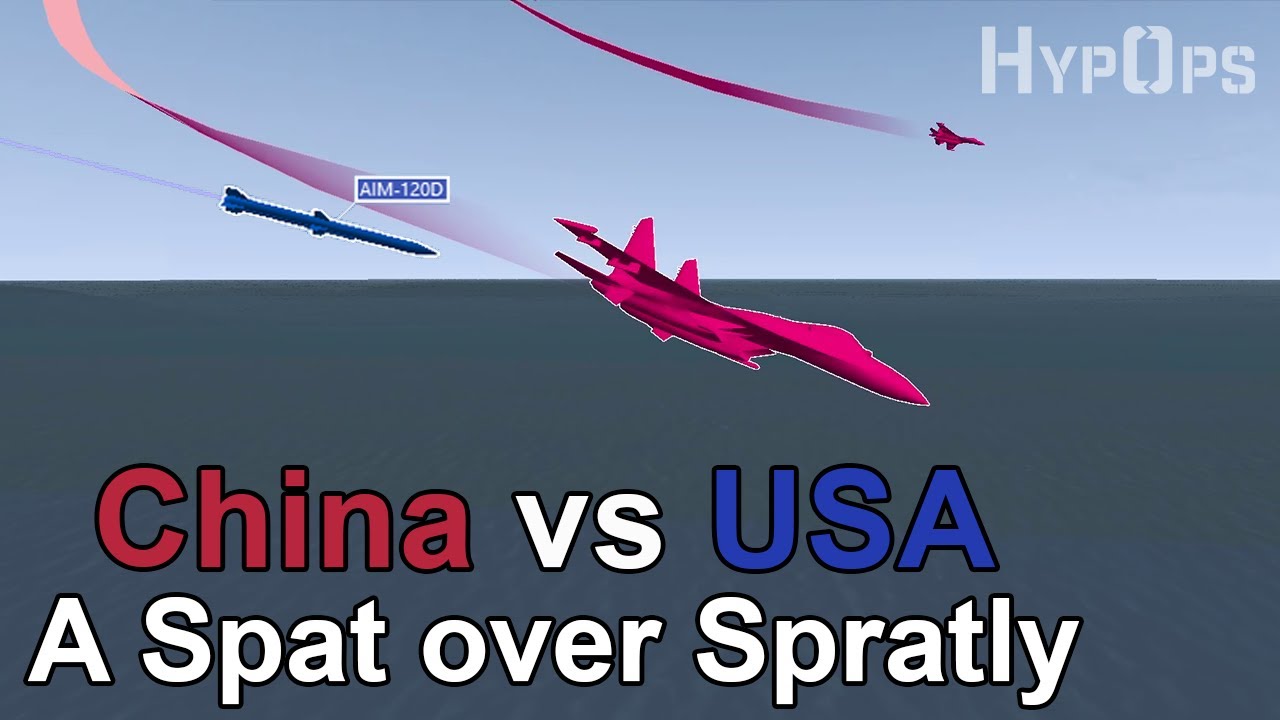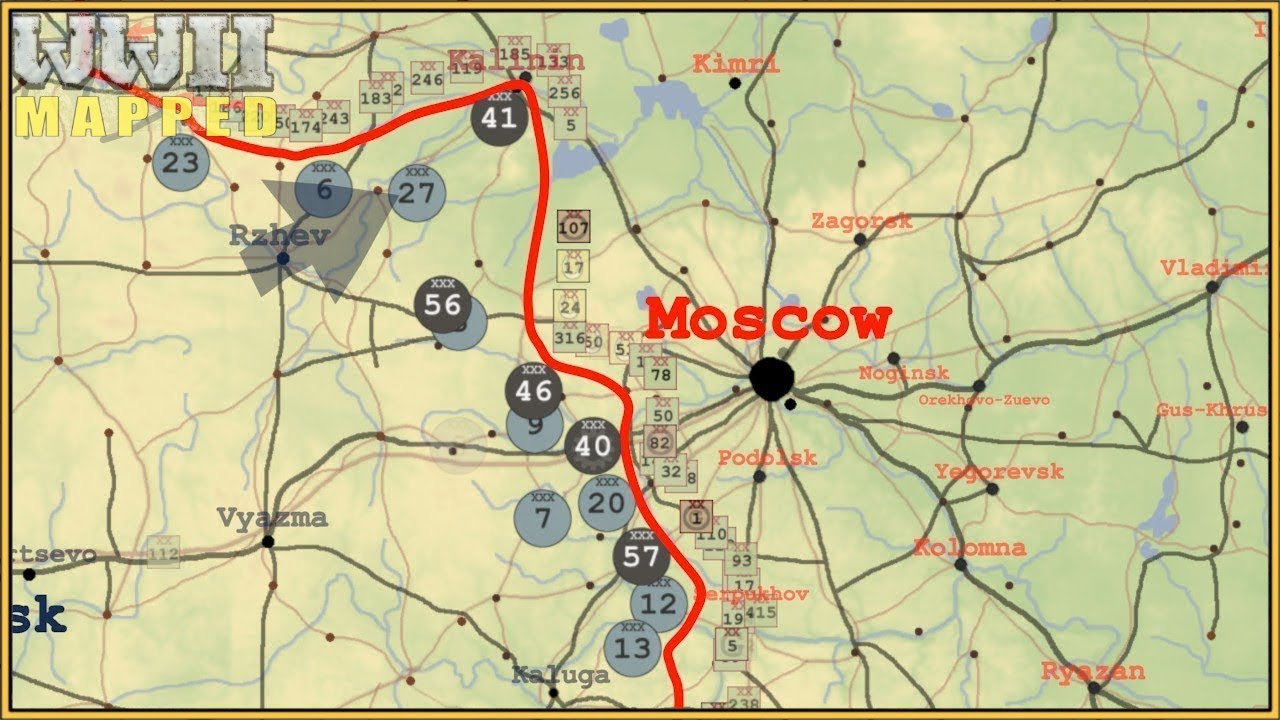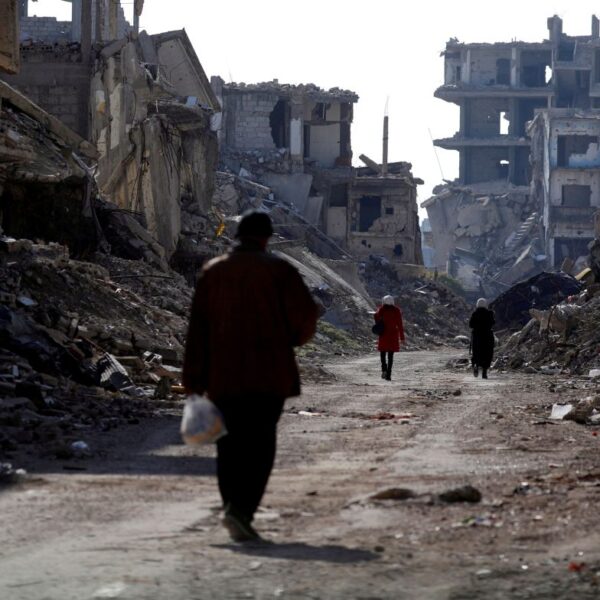Sidebar
The Zhukov Academy for Military Theory
Do any of you have sources on the *noms de guerre* of any Marxist revolutionary? According to the Wikipedia articles on [noms de guerre](https://en.wikipedia.org/wiki/Pseudonym#Noms_de_guerre) "*Revolutionaries and resistance leaders, such as Lenin, Stalin, Trotsky, Golda Meir, Philippe Leclerc de Hauteclocque, and Josip Broz Tito, often adopted their noms de guerre as their proper names after the struggle.*" And while I was reading "*Diario de un combatiente*" by Che, there were some mentions of their noms de guerre, but I forgot to write them down and I don't know in which pages it was mentioned. I checked Wikipedia, EcuRed and ProleWiki and none of them have them, but they obviously existed. I think it would be something nice to keep archived. Alejandro, nombre de guerra de Fidel. pg. 19 Salvador, David, nombre de guerra de Ftank País. pg. 76, 107 Sierra enrique oltuski 227
This is what the US Military/CIA gave the contras back in the day, in South America. It's a bit old now but the chemistry hasn't changed. Focuses on explosives and how to make and trigger them, with stuff that you can reasonably find in a guerilla situation. I uploaded this file on zippyshare myself, it's safe to download.
This is an online collection of course material that would be used for teaching Soviet, WP, and other allied officers military theory and doctrine.
How to wage guerilla warfare in the age of the hydrogen bomb.
 www.ballisticmag.com
www.ballisticmag.com
cross-posted from: https://lemmygrad.ml/post/139677 > And we're using our enemy's handbook for further humiliation 😎 > > So to recap: > > - gasoline is the base > > - paint thinner to help the cocktail spread, the typical mixture is 50/50 > > - styrofoam to help thicken it and conserve thermal heat (logically you wouldn't use it with paint thinner, thick molotov for pinpointed damage and thin molotov for crowd control) > > - weak bottles; the mixture has to explode everywhere, not stay in the bottle. Beer and wine bottles are surprisingly tough. You can weaken it by etching streaks in it, or find a beer brand that makes weak bottles. > > - a chemical igniter is safer than lighting a rag on fire, but can be more difficult to make. A simple igniter is soaking a rag in sugar and potassium chlorate, then put sulfuric acid in the mixture. What I believe needs to happen is for the rag to touch the mixture, which should happen _after_ you throw the molotov or while you are throwing it, but not before. > > - aim at the ground, not at vertical stuff. > > Their use is mostly for show, it makes a nice ball of flame that will keep the pigs at bay. But they are not actually that powerful. However, they are very cheap and easy to make for protestors.
> This book presents the memoirs of Marshal Peng Dehuai, the outstanding general who was one of the builders of the Chinese Red Army and who served as Vice-Premier of the State Council and Minister of Defence until mid-1959. The autobiographical notes were written in response to interrogations during the “Cultural Revolution” (1966-76).
 www.youtube.com
www.youtube.com
This is a very small channel that is simulating a conflict (excepted to grow up to a full war) between China and the USA over the Spratly Islands. First episode was released about 10 days ago, which showed the first day of the war. As of yet we are still waiting for day 2. The scenario pits two players against each other, and I think it's of interest because of the detail he goes into when describing weapons, aircraft, and even the rules of engagement. Notably the conflict starts with only air-to-air engagement allowed, but expect that to evolve as the series goes on.

Please excuse the source material, but to my knowledge all modern armies follow this template to a certain extent. In fact, it's nothing new and we can't even say that the Americans invented this organisation. The Romans, some 2000 years ago, [already divided their huge armies](https://imgur.com/Fr7Ol8Y.png) in smaller units so that they had flexibility both in practice and theory -- that is at every level of the hierarchy, while the higher levels represent theory (strategy) and the lower levels practice (execution). This was maybe not novel to some armies they fought, but some of the armies they fought were not structured this way... and were utterly defeated. Clearly this structure has left its mark and perhaps it is this union of theory and practice that makes it the most effective army structure available today still. Please note that this graphic only shows the size of each chunk, and not their composition. For example we know nothing of how many tanks or artillery cannons are in a squad (and squads themselves are stereotyped, meaning you have many different squad "templates" all equipped differently). The size of these units may also vary depending on the assignment. Note also that the United States has a fifth star general, and it is always the President. The President is the chief of armies and their orders supersede any given by the four-star general (who is a career soldier, not like the President who is a politician and elected into office from potentially nothing). This is particular to the United States, as most other countries name or elect their chief of armies independently of the President. It's interesting to note, and a topic to delve into later, that usually soldiers will obey their generals more than any politicians. Time and time again (Harman notes some examples [here](https://www.marxists.org/archive/harman/1979/marxism/index.html), though I don't remember in which chapter exactly), generals have outright refused orders from politicians without any consequences, *because* they have the soldiers on their side. That is perhaps also why the military has this capacity to coup the government and install their generals in politics, as we've seen lately for example in Myanmar. In any case, I'm posting this info here so that we have some frame of reference when discussing battalions, divisions, platoons, etc.
 www.youtube.com
www.youtube.com
These animated youtube videos are, I think, an excellent overview of the Eastern Front of WW2 from a tactical and strategical perspective. They show mostly the battle plans and how the formations advanced and why. It's very detailed and the takeaway I have from it is: always do pincer attacks. Cut the enemy off from their supplies, and that way you will be able to take away whole battalions, maybe even divisions. Conversely, protect your logistical paths. You cannot afford to let the enemy cut off your troops, and must resupply them as much as possible -- during the siege of Leningrad (which lasted more than 2 years and to this day is the largest siege in the history of humanity), the Soviets used the frozen lake Lagoda to resupply the city and evacuate the civilian population. Indeed, it was frozen enough that trucks could drive on it. There definitely needs to be a post about the siege of Leningrad on this sublemmy, because there is a ton of things we can learn from it.
Of course it would be meaningless to introduce Che Guevara to ML comrades. But nonetheless, for the newcomers, Ernesto "Che" Guevara was an Argentinian revolutionary who grew up in a petty bourgeois background. After travelling throughout South America and noticing the conditions in which the proletariat lived, he turned to marxism-leninism, later famously saying (to ML at least) "I have sworn before a portrait of the late lamented comrade Stalin that I will not rest until I see these capitalist octopuses annihilated." He joined forces with Fidel Castro and participated in the Cuban revolution in a military capacity, as leader one of the four guerilla armies -- I am unsure of his exact rank. After the revolution, he briefly server as minister of justice signing death warrants among other things, then later as minister of industry, working to industrialize Cuba under the embargo. He left in the early 60s to fight in other revolutions, notably in Congo and afterwards in Bolivia, where he was betrayed by his own and delivered to CIA-backed troops. While his book on guerilla warfare is often left behind -- mainly, as I've heard, because it was not universally applicable and some lessons proved wrong in time -- it was still among the first books on guerilla warfare to be written. Che was indeed one of the pioneers of guerilla warfare, whose tactics he used successfully against the Batista forces in Cuba. At the very least I know it's required reading for officers in the US army (I don't remember where I read that, maybe in an article someone linked on Lemmygrad) and while the US army is completely left behind in terms of power today, they have a long tradition from which we can take the useful bits (though I am also interest to know what, say, Chinese officers read in their academies!)
I'm pretty sure everyone knows this book by now. I think to some extent you can thank capitalism for commodifying such an old work written far before capitalism, and much further than the author could ever anticipate. At the same time, the wide reach of this very short book turned it into something more -- workplace guides have been written for managers about it. Self-help gurus also use it to "help" individuals with their "problems". But this is exactly why the art of war is still worth being read today. More than the military tactics presented in it, it's possible to understand the dialectics behind its commodification into a capitalist product. It's also a very short read that will take you less than an afternoon to read.
von Clausewitz was a liberal and a bourgeois living in the 18th century, and yet his defining work, On War, is still relevant today. Notably, he shows a certain dialectical thinking that was not seen by his contemporaries at the time. It's no surprise then that Lenin and Mao were acquainted with his work and cited him -- you may heave heard "War is only a continuation of State policy by other means" (or in different terms). This is straight from Clausewitz. He also explains that war will grow in scope as it goes on, as either forces will commit only as few resources as possible in the early stages, hoping for early victory, but will have to increase their efforts if the conflict goes on. His book is very, very dense. I own a physical copy and it's more than 1000 pages of text in a format slightly smaller than standard paper. He also doesn't write in the most accessible manner, and he died before he could complete his work -- so probably some editing would have been done. Not only does Clausewitz present the aspect of actual war -- how to attack certain positions but how to defend them as well, he talks about the theoretical aspect of war at length. This book is still required reading in officer academies today (to some extent, they don't necessarily read all chapters) and any comrade who wishes to learn about warfare will have to go through it. If anything I recommend reading the first book if you're not going to read the rest.
This short book comes from Ancient China, and is possibly even older than Sun Tzu's *Art of War*. As the story goes, the parchment was discovered by a KMT officer in the 40s completely by accident. The parchment he discovered was a reprint done under the Qing dynasty of an older parchment, so who knows how old it actually is. It was first published to the public in 1989 in Beijing by the PRC, and most editions today add short tales to illustrate the stratagem -- the original parchment was very short and each strategy was explained in about 5 or 6 words. I also think there was some dialectic at work in these stratagems. Stratagem 2 for example: > When the enemy is too strong to attack directly, then attack something he holds dear. Know that in all things he cannot be superior. Somewhere there is a gap in the armour, a weakness that can be attacked instead. I think to some extent we have all the laws of dialectic. Of course since this was written way, way back in the past, the author was not aware of dialectics and explained his stratagems as best he could with what he had available. I chose this edition because of the tales that accompany it. They also have a french translation right under the english one, and since the tales are different, you can use deepl to get two of them instead of just one. The site may be a bit confusing to use, but you click on the numbers at the top of the page for each stratagem. I especially like the tale of stratagem 22: > In 449 BC the state of Wu had invaded the state of Yue and carried off its duke Guo Jian holding him prisoner for three years before releasing him back to his kingdom. When he returned Guo Jian planned his revenge. For seven years he ruled with benevolence and generosity making a reputation as a wise and virtuous ruler until he felt his loyal subjects were prepared to undergo any hardship for him. He accordingly assembled his forces and attacked Wu gaining a decisive victory.(See Chapter 5) The king of Wu had to flee but it would only be a matter of time before he was caught. He sent ambassadors to Guo Jian begging for mercy. They reminded him of how Wu, though she had him firmly in her grasp, had released him to return to his state. The king of Wu now asked to be granted the same favor. Guo Jian was contemplating granting this appeal when his prime minister Fan Li intervened and said: "When heaven gave the duke of Wu the grand opportunity for gaining power he did not take advantage of it and so he is a fugitive today. Should you fail to accept what fortune has now given you, you may be driven from your state, and then all the years of hardships you have bourn will have been endured in vain." The duke was swayed by the argument and sent the ambassador back with the message that he would not grant any mercy. When the king of Wu received the message he gave up all hope and committed suicide.
H. Von Dach was a Swiss major who wrote his book on guerilla resistance after WW2, expecting a soviet invasion that never came. The idea was to distribute this book to pockets of resistance fighting guerilla warfare against an occupying force. Despite the reactionary origins, and despite the fact that Switzerland did not participate in WW2 in a military capacity, his book remains full of good information and is perfectly illustrated with diagrams and drawings. While many of the tactics will not work today (for example, he explains how to derail a train by hitting the fishplates, but modern train lines are one continuous rail now), some of it is still applicable. Moreover we should point out the absolute no-nonsense mentality presented in this book. This manual will teach you how to kill a man silently. It will teach you how to store ammunition for your guerilla cell. It will tell you how to conduct an ambush. And as I mentioned above, it will explain to you and your cell how to derail a train effectively, from start to finish.
Carlos Marighella was involved with the communist party of Brasil against the fascist junta. He went to prison several times, and also visited the USSR, China and Cuba. He wrote this manual in 1969, during his last year of life, before he died in an ambush. His manual remains an important read in urban guerilla warfare, as it is different from conventional guerilla warfare. Even though it was written more than half a century ago, the precepts outlined in this manual still apply today. It's a somewhat short read -- there are a lot of chapters but they are less than a page most of the time.
